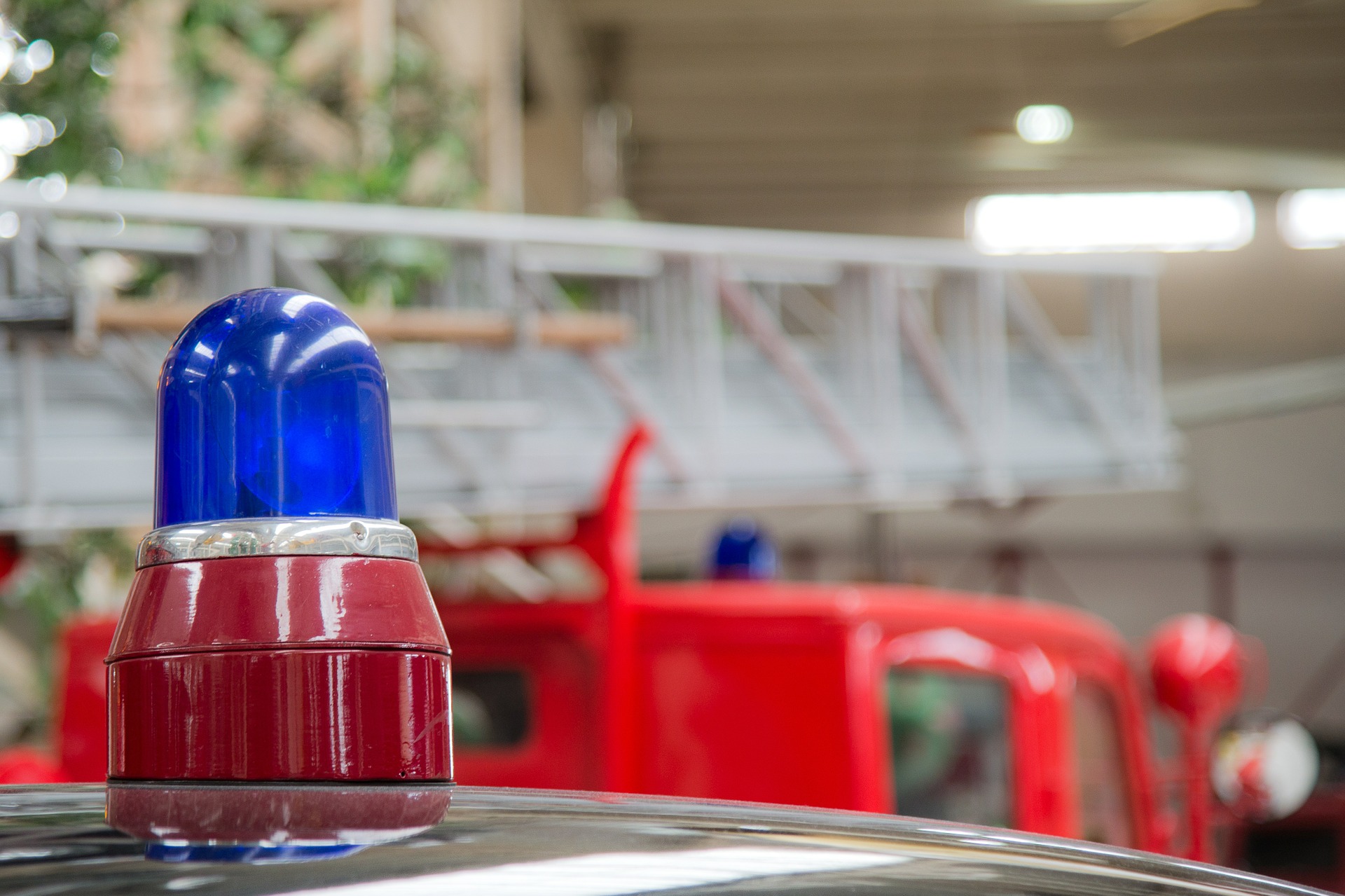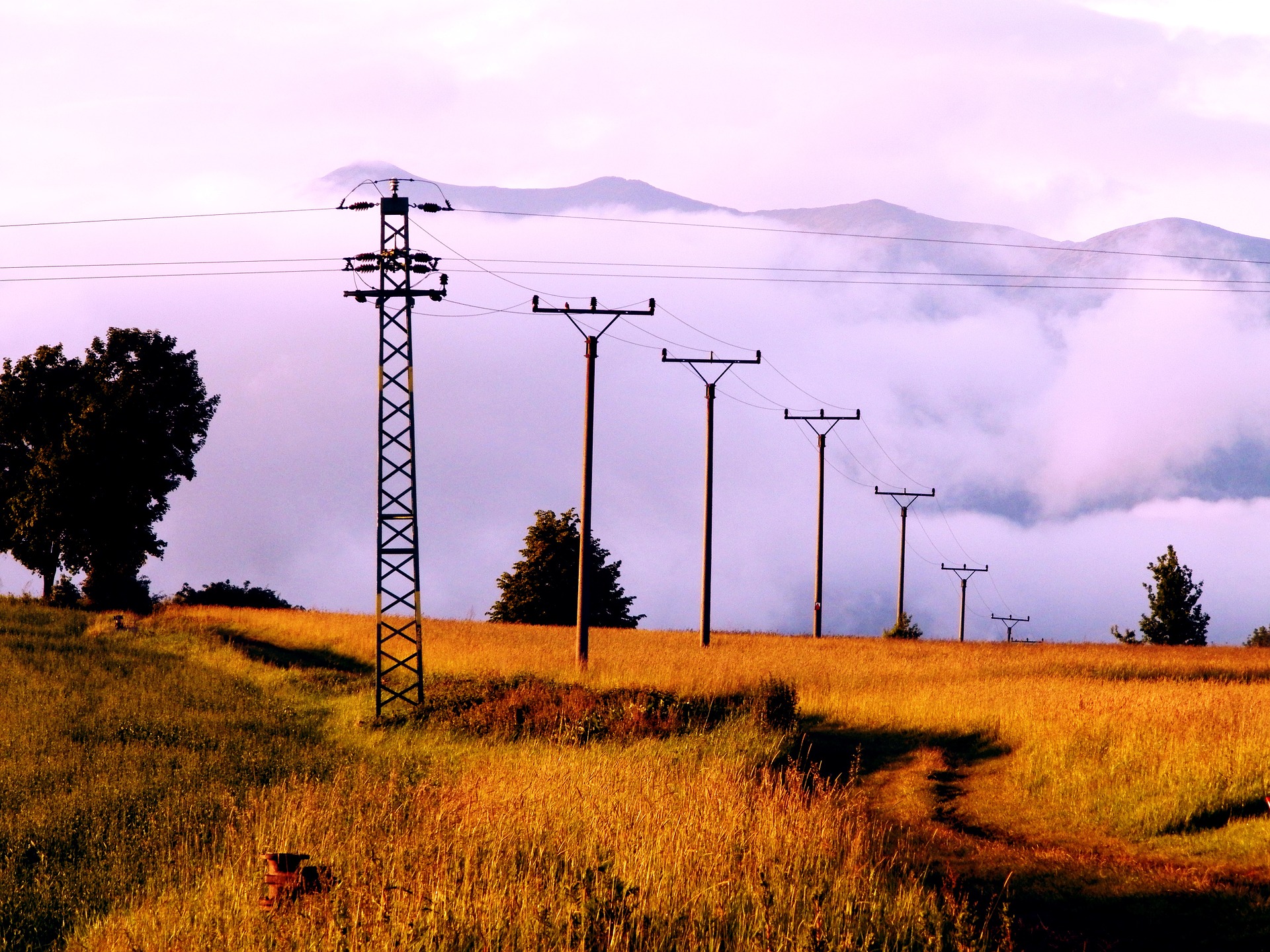If you are not ready to invest in a stellar fire alarm system for your London home or office, that is okay. Understanding the basic fire alarm systems and options is still advised by us in order to know how to perform the emergency work. From disarming the control panel of a deranged system to troubleshooting the heads, pull stations and horns, every ailment is worth knowing. And that is why today, we are covering the basics of fire alarm systems.
London Fire Alarm Systems Have Made A Huge Technological Advancement
First and foremost, almost every London fire alarm system is capable of detecting heat and smoke – even from the smallest flame. This activates the water flow in a sprinkler system and reports the situation to an on-site personnel or phone line connected to the fire alarm service. The advancement in technology has even made location-reporting possible, meaning that these ‘calls’ can also come as an addressable head system reporting automatically from your home.
However, in order to upgrade to these addressable heads, you don’t have to do a complete fire alarm system replacement. Typically, there are new heads, some tweaks in the wire and inserting new printed circuit cards into the existing panels to make this possible. However, it is always essential to consult with an expert fire alarm contractor in London regarding these matters as well as the possibility to upgrade from your existing fire alarm system.
The Design Of Your London-Based Fire Alarm System
Typically, a solid fire alarm system installation in London will ensure you of the following components:
-
Initiating Devices
These are the elements that place the system in the ‘alarming’ state and can vary from photoelectric smoke and heat detectors to ionisation smoke detectors, in-duct detectors, heat detectors, pull stations and sprinkler water flow sensors (mentioned above).
-
Indicating Appliances
These include horns, strobe lights, chimes, bells or combination units, all of them working with announcing the occupants’ remote location as soon as the system enters in the alarming state. They can also be available in weatherproof and anti-hazardous versions.
-
A Control Panel
The main component regarding the programming and operating electronics is called a control panel. It is a system fed by a branch-circuit wiring and usually contains replaceable elements known as circuit cards. One circuit card is for each zone, and may include an alphanumeric display that shows the state of the system and provides troubleshooting – or a touchpad so that it can be easily silenced and reset by the personnel.
-
Sealed Batteries
Usually, alarm systems use 6V batteries that are wired in series, combining a 24VDC that results in a power-limited system. They are either located in the control panel or the separate enclosure.
-
Auxiliary Devices
From electromagnetic door holders to simple remote annunciations with LED lights, the auxiliary devices may take various forms. For example, an electromagnetic door holder is de-energized in case of an alarm and lets the door swing shut – and later be reopened manually.
Another thing worth knowing is that an alarm system operates in three (or sometimes more) states
- Normal state
- Alarm state
- Trouble state
Therefore, if the system goes into alarm, it may indicate the appliances to go off and activate the horns – which represents the trouble state. The technological advancements we mentioned in the start can also be a part of the alarm system control panel. in cases like these, the alarm can even call out a number in case of an alarm, or be set up to call periodically in accordance to its programmed instructions.
A Final Word
At London Electricians, we take pride in serving the London area with high-quality Fire Alarm Systems. From installation to repair and maintenance as well as turning off, we offer a variety of fire alarm emergency services available 24 hours a day, 7 days a week.
In the end, safety is definitely something that you should always have in mind and consider – and an advanced fire alarm system is the best way to ensure it.


